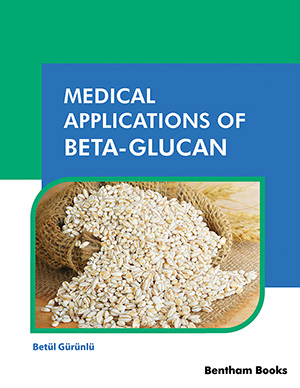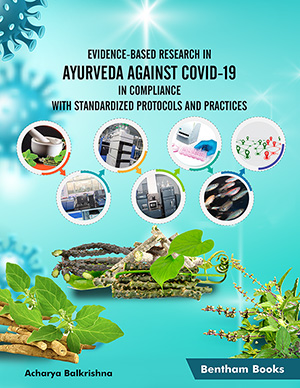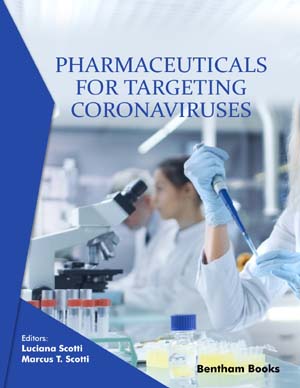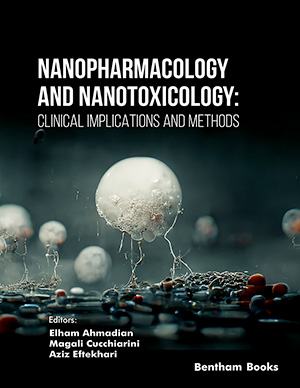Abstract
Intrinsic viscosity is the most economical and used measure in the
determination of polymers and biopolymers used as excipients in the pharmaceutical
industry. The most used methods in the measurement of intrinsic viscosity are Huggins,
Kraemer, Schulze-Blashke and Martin, the first being used as a standard and reference
for the others. There are also Simple Point methods such as Solomon Ciuta and others
that help in this regard. In this chapter, we will focus on those methods best known and
applied in intrinsic viscosity measurements. In the measurement of intrinsic viscosity in
dilute solutions of polymers, experimental methods such as Huggins, Martin, Kraemer
and Shulze-Blashke are particularly useful. In dilute concentrations, graphical methods
such as those of Fuoss, Fidors, and Tanglertpaibul and Rao can also be used without
major errors. Although there are many more methods these can be more difficult and
impractical in their calculations and graphs. The methods furthest from experimental
practicality are those that depend on other methods and constants, such as Budtov's and
Baker´s. As for the simple point methods, the simplest and most used is that of
Solomon-Ciuta, the rest have similar or better results. As for the proposed methods, the
most prominent and with the least error is Square, the rest being affordable but with a
somewhat higher margin of error
Keywords: Biopolymers, Intrinsic viscosity, Polymers.






















